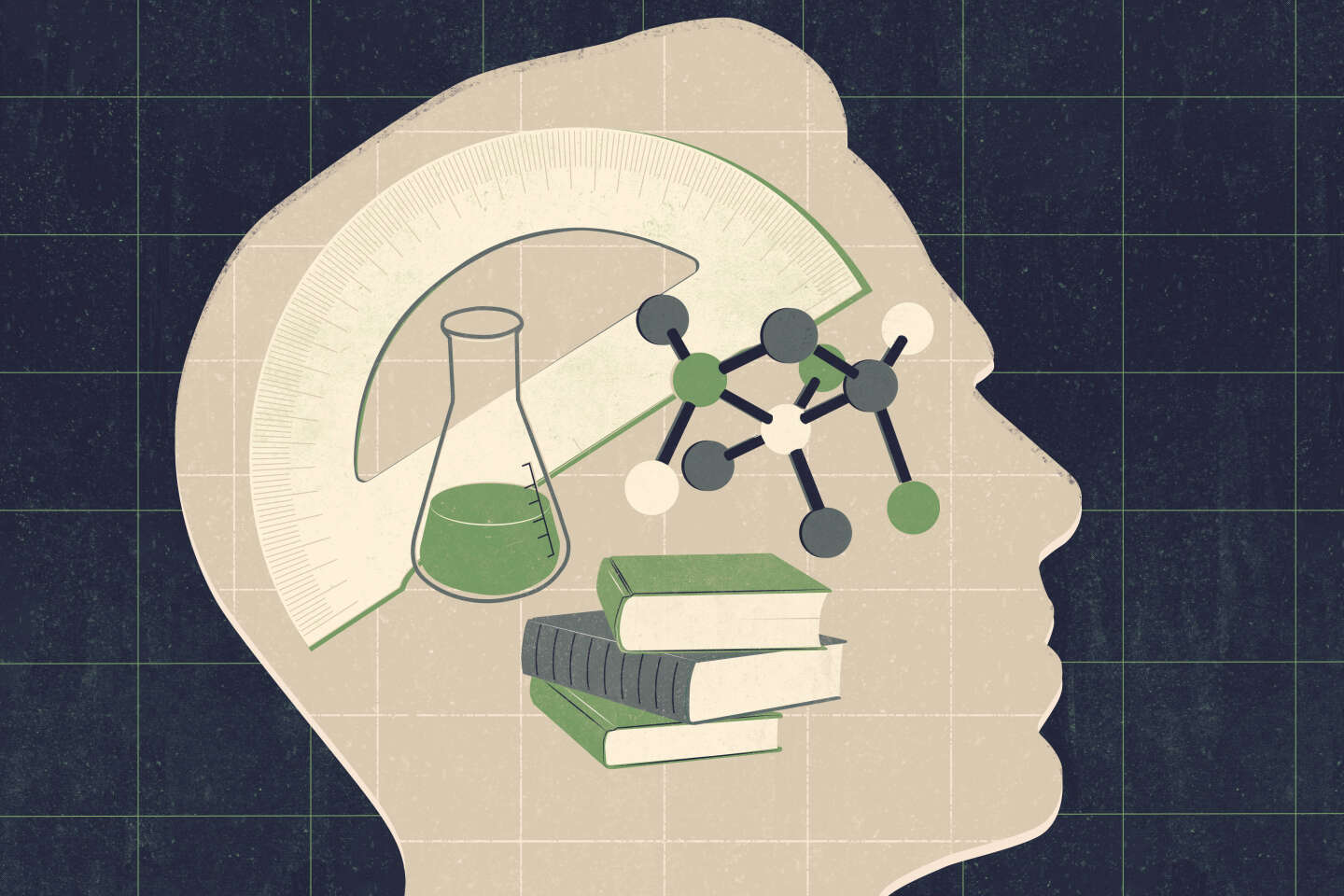


White lies to loved ones so as not to offend them, small embellishments of greater or lesser importance to resumes, marketing techniques to lure customers, big lie: We lie to ourselves and we are lied to, all the time. Bella DePaulo and her colleagues from the University of Virginia estimated, in 1996, that we lie on average once or twice a day.
The same study carried out today would undoubtedly report a far greater number of lies. It is now possible, thanks to artificial intelligence, to create videos of implausible situations, deepfakes showing for instance US President Donald Trump kissing Elon Musk's feet or French President Emmanuel Macron explaining how to do pigtails.
For years, neuroscientific research aimed to unmask lying, first by tracking the way one sweats when they lie, with the famous lie detector. Then with increasingly sophisticated techniques that analyze the stress in a liar's voice or brain activity.
Moreover, while children grow up thinking that, like Pinocchio, their noses will get longer when they lie, adults are unaware that by looking their interlocutor in the eye they can verify the veracity of what they are telling them. Numerous studies, such as the recent study by Valentin Foucher and Anke Huckauf, have shown that pupil size tends to vary when one lies.
Pupillary dilatation, foreign language
The authors recorded pupillary dilation under three conditions: When the subject was speaking truthfully, when the subject was hiding facts, and when the subject was lying. Relentlessly, pupil dilation, which reflects cognitive effort, is significantly greater when lying than when telling the truth or attempting to conceal it, since lying is what demands the most attention from the subject.
But on top of that, there is another way to unmask lies easily. Ask the liar to speak in a language that is not their mother tongue. It is what Yoella Bereby-Meyer of Negev University (Israel) and her colleagues at the Universities of Chicago, Amsterdam, Pompeu-Fabra (Barcelona) and Catalunya have done by asking subjects to lie a foreign language versus their native tongue: in Hebrew, Korean, Spanish or English.
You have 33.61% of this article left to read. The rest is for subscribers only.
